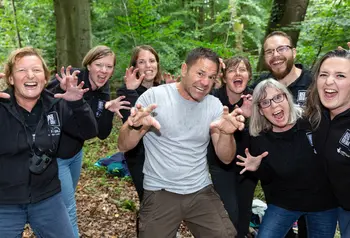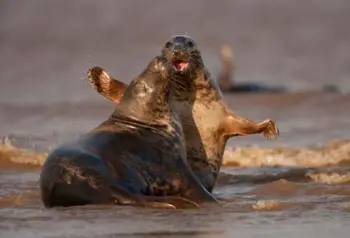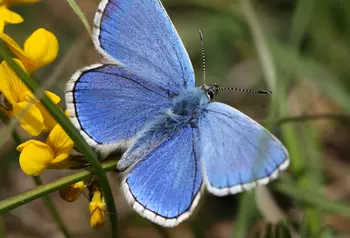Meet five rare species who’ll see a brighter future in the Brecks
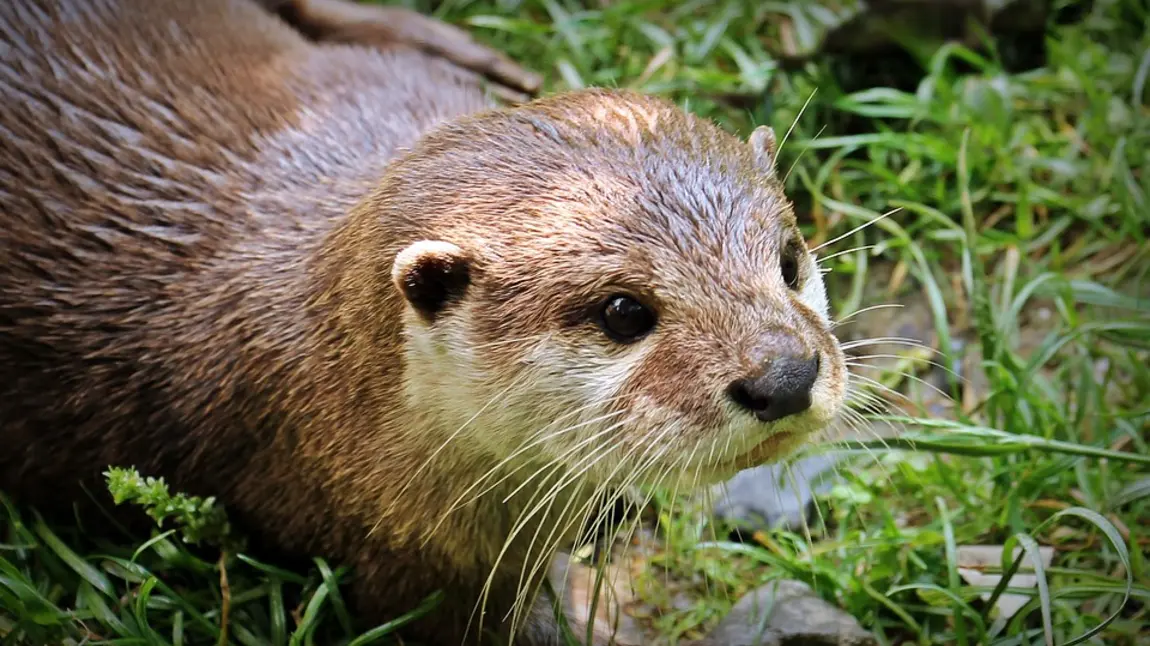
In the heart of the East of England, the Brecks is an outstanding area for wildlife that provides refuge for many rare and endangered species. With the help of volunteers and the local community, these critters are set to benefit from much-needed restoration and improvement of their riverside habitats.
Get to know just a few of the many fascinating creatures the Brecks Fen Edge and Rivers Landscape Partnership will help over the next five years:
Scarce emerald damselfly
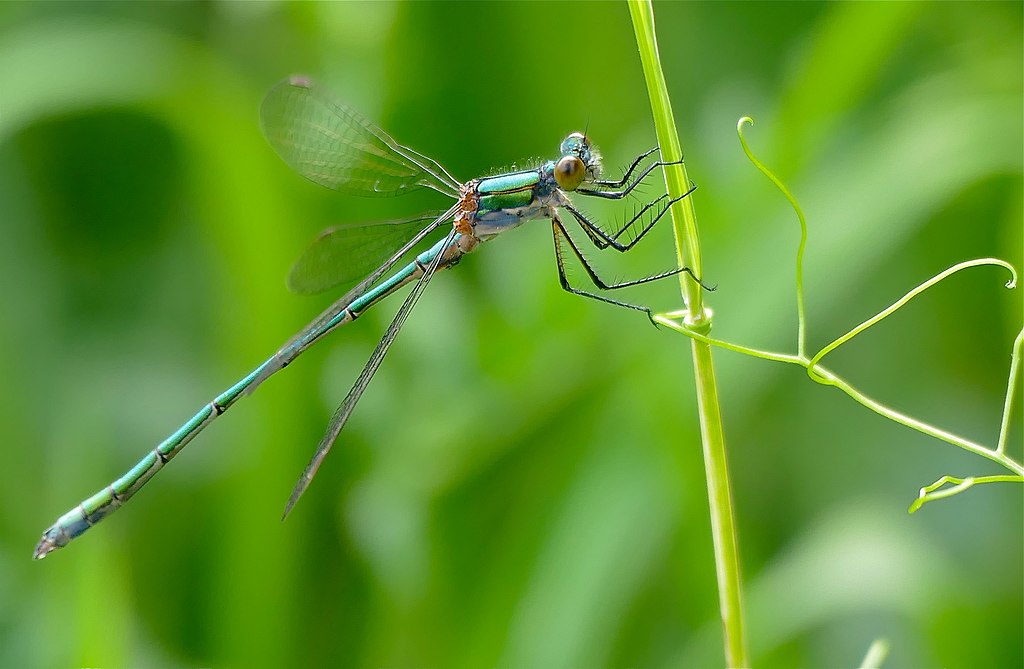
The scarce emerald damselfly generally lives in coastal areas, making the Brecks one of the emerald-green beauty's most inland habitats. It’s a rare and vulnerable species that is usually found near shallow bodies of water with dense vegetation.
White-clawed crayfish
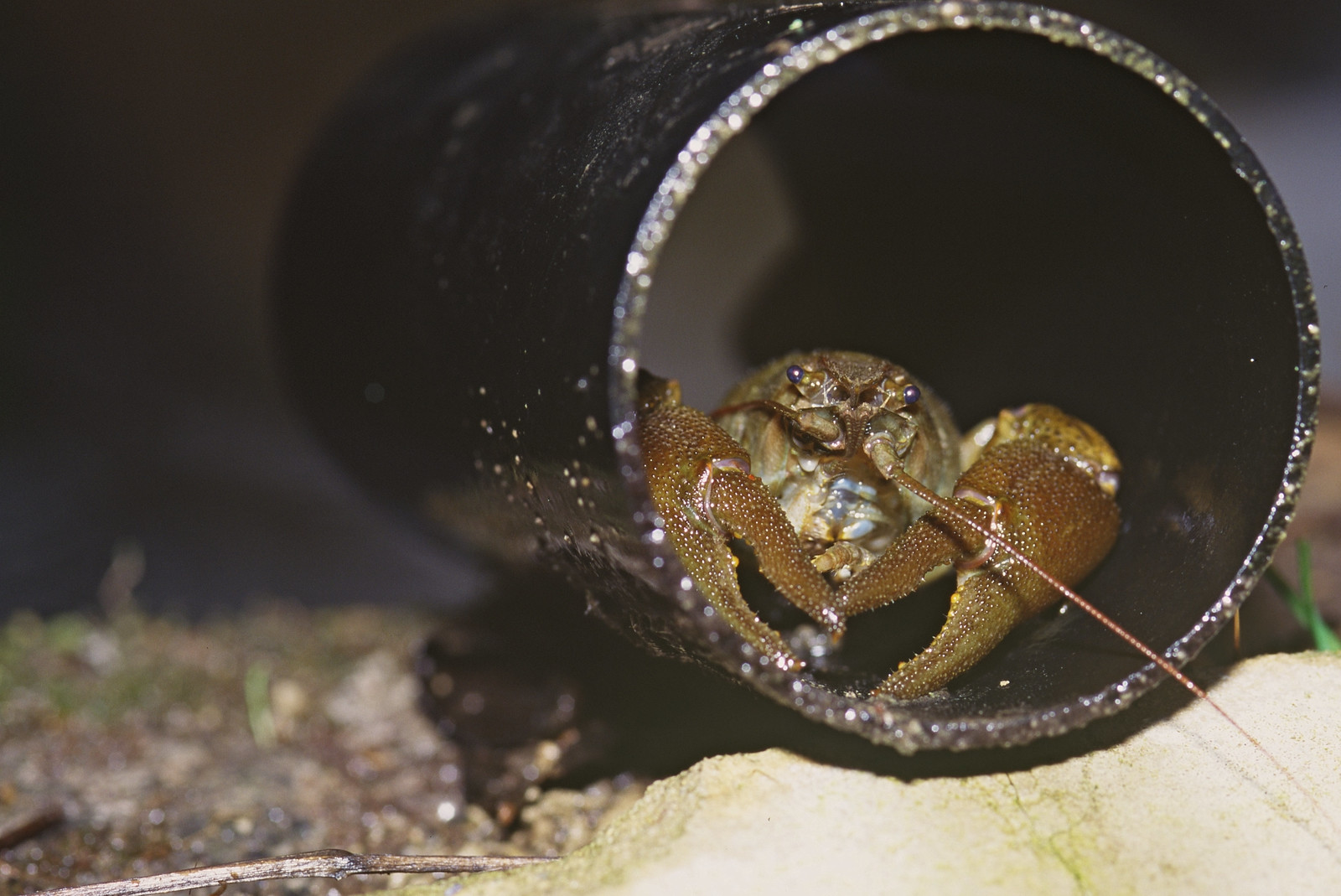
The white-clawed crayfish is the only species of crayfish native to the UK. Once a common sight in the rivers of England and Wales, the species is now considered endangered. The crayfish faces threats from habitat degradation, pollution and disease from invasive crayfish species. An important part of the ecosystem, it’s a food source for a variety of fish, birds and mammals.
Otter
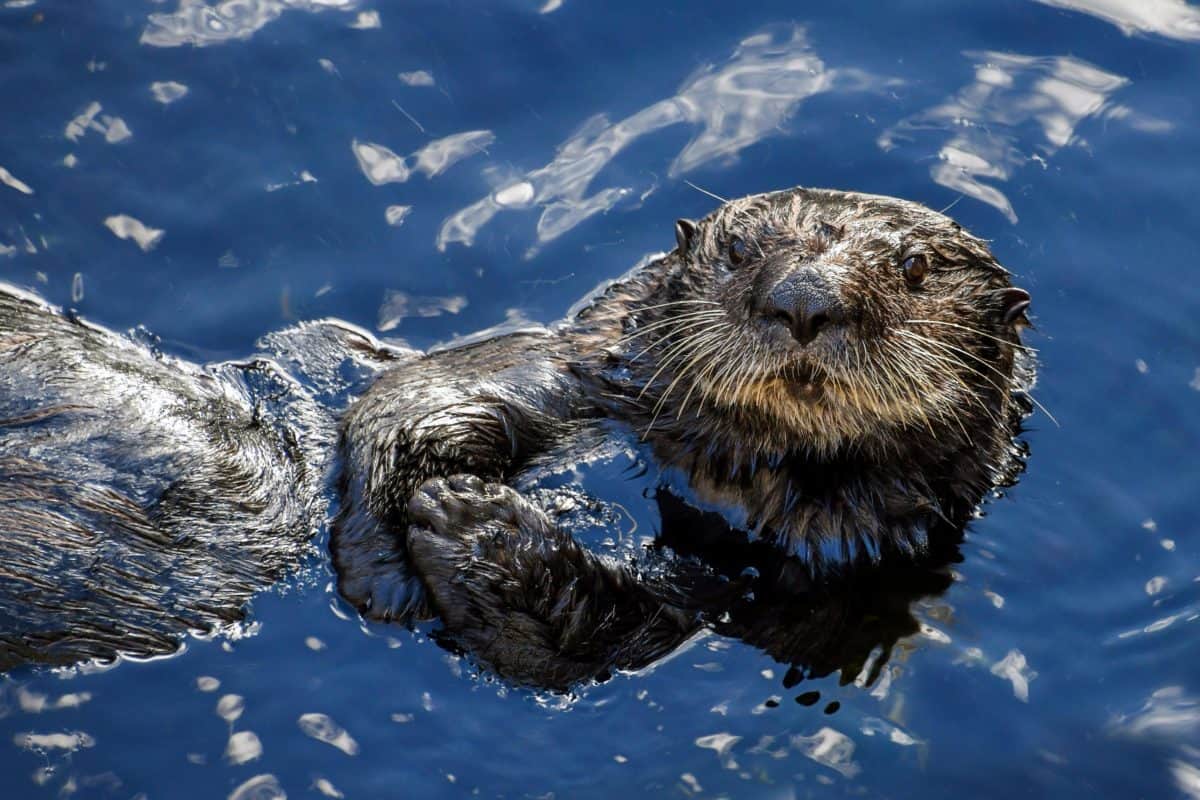
Once on the brink of extinction, restrictions on pesticide use and hunting have helped otters recover in many places around the nation. But despite huge conservation efforts, they remain rare and their numbers in decline. Otters need clean rivers with a rich source of food and plenty of vegetation to hide their underground burrows. The shy mammal is one of our top predators, feeding on a range of aquatic species.
Great silver water beetle
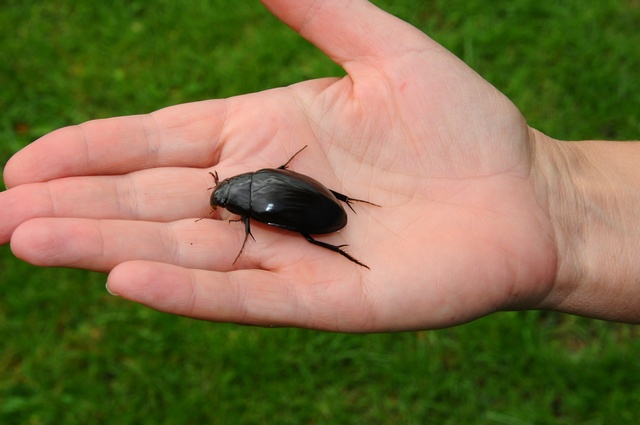
The great silver water beetle takes its name from the silvery glare of air bubbles that surrounds it when swimming. A threatened species in Britain, the beetle is concentrated in coastal or near-coastal habitats, making the Brecks a special exception. The massive aquatic insect can reach over 4cm in length! It lives for up to three years in well-vegetated and often shallow bodies of water.
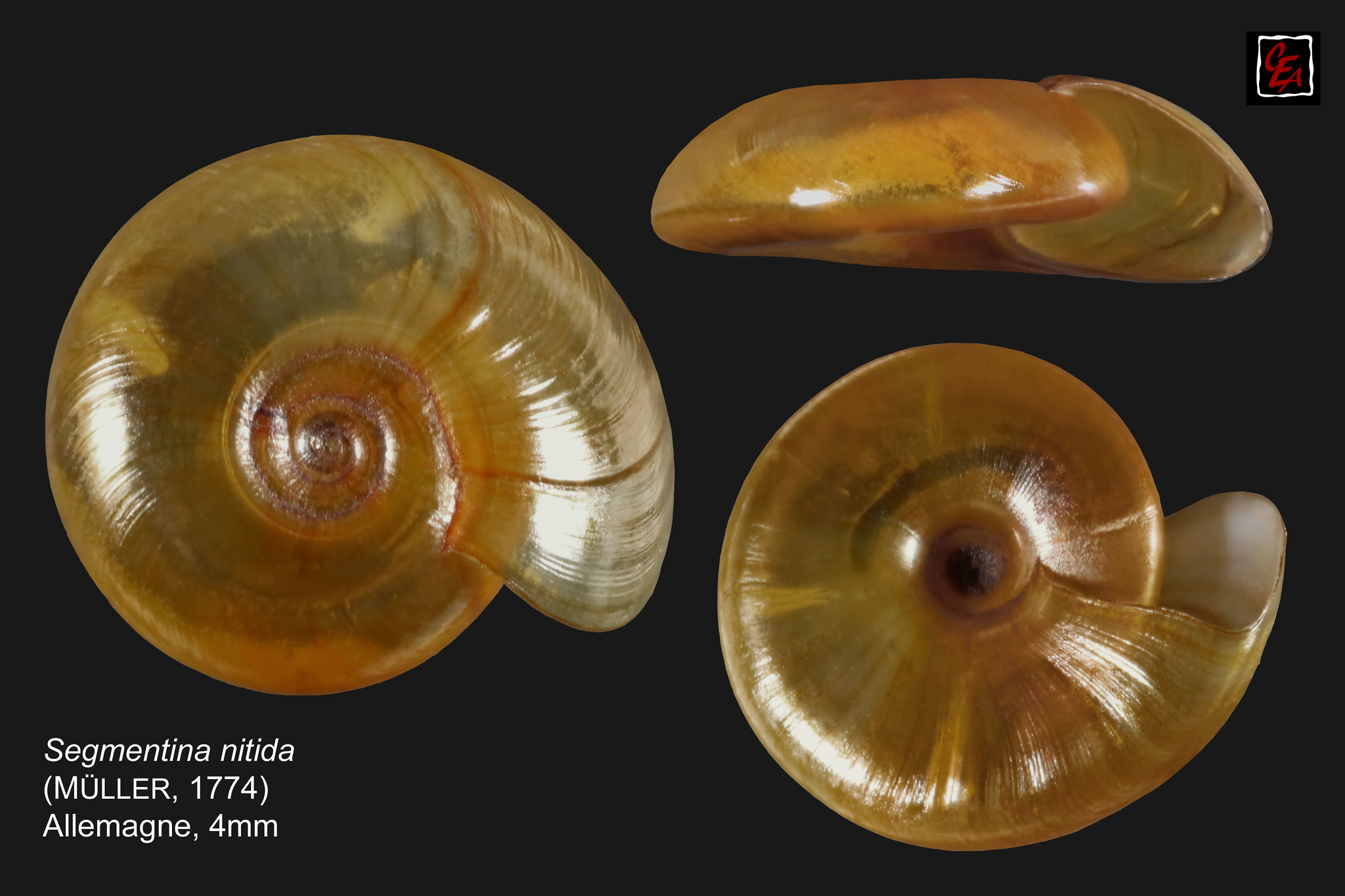
The shining ram’s-horn was once widespread across much of England but its numbers have declined dramatically since the mid-20th century. Now it’s a priority species on the UK Biodiversity Action Plan. The Brecks is the only inland area in the UK this tiny snail calls home. Its delicate shell doesn’t grow bigger than 6mm in diameter.
Supporting the UK's landscapes and wildlife
Landscapes and nature form the bedrock of our culture and heritage. As one of the UK’s largest investors in it, we have a great responsibility to support the protection of biodiversity, the maintenance of our urban and rural landscapes, and to help people reconnect with our natural heritage. Explore what we are doing to help the UK’s landscapes, parks and nature.
